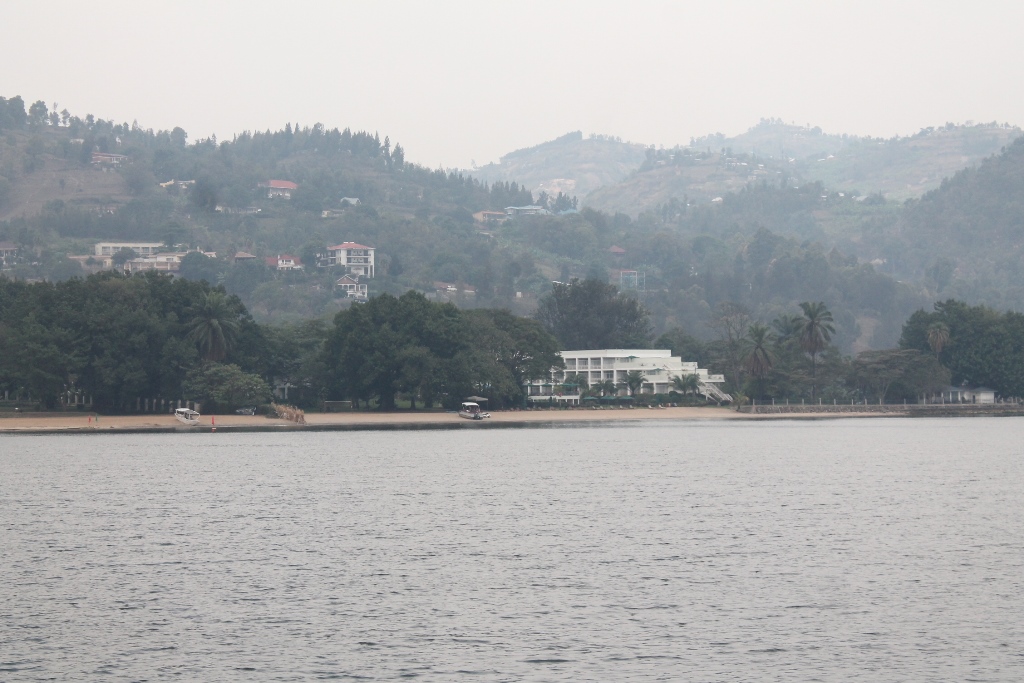Where to see leopards in Uganda (top 3 places)
Like all big cats of the African savannah, the Leopard is a prized sighting of a wildlife safari, perhaps only second to the lion in popularity among cats. Another reason why the leopard is a must-see animal of the safari is that it is a member of the famous African “Big Five”, the other members […]
Places to see lions in Uganda
Lions are the iconic attraction of the African safari. Without sighting the Lion, for many the safari would not be a success however plenty of other animals one might have seen. In fact, on setting out into the savannah, the first priority for many is to find the lions before looking for anything else. And […]
How strong is a chimpanzee? Are chimps really that violent?
Chimpanzees are man’s closest relatives with which we share up to 98.7% of DNA. Human and chimpanzee therefore share a lot similarities, but how does chimp and man measure up when it comes to strength? How about the chimpanzee and other great apes such as the gorilla, how do they measure up in strength?Chimps have […]
Is there a best time to visit Akagera National Park?
When it comes to the classic big game safari, Rwanda has just one place to go and that is Akagera National Park. Akagera national park located in the east of the country protects the country’s only savannah environment as the rest of the country is mostly mountainous and forest.An area that had been reduced to […]
What is the best time to visit Murchison Falls National Park?
Murchison Falls National Park is the obvious choice of park to visit if planning a safari trip to experience the savannah and see lots of wildlife in Uganda. The Murchison is Uganda’s largest park, located along the River Nile on which is found the world’s strongest waterfalls – the Murchison Falls. Safari drives on the […]


